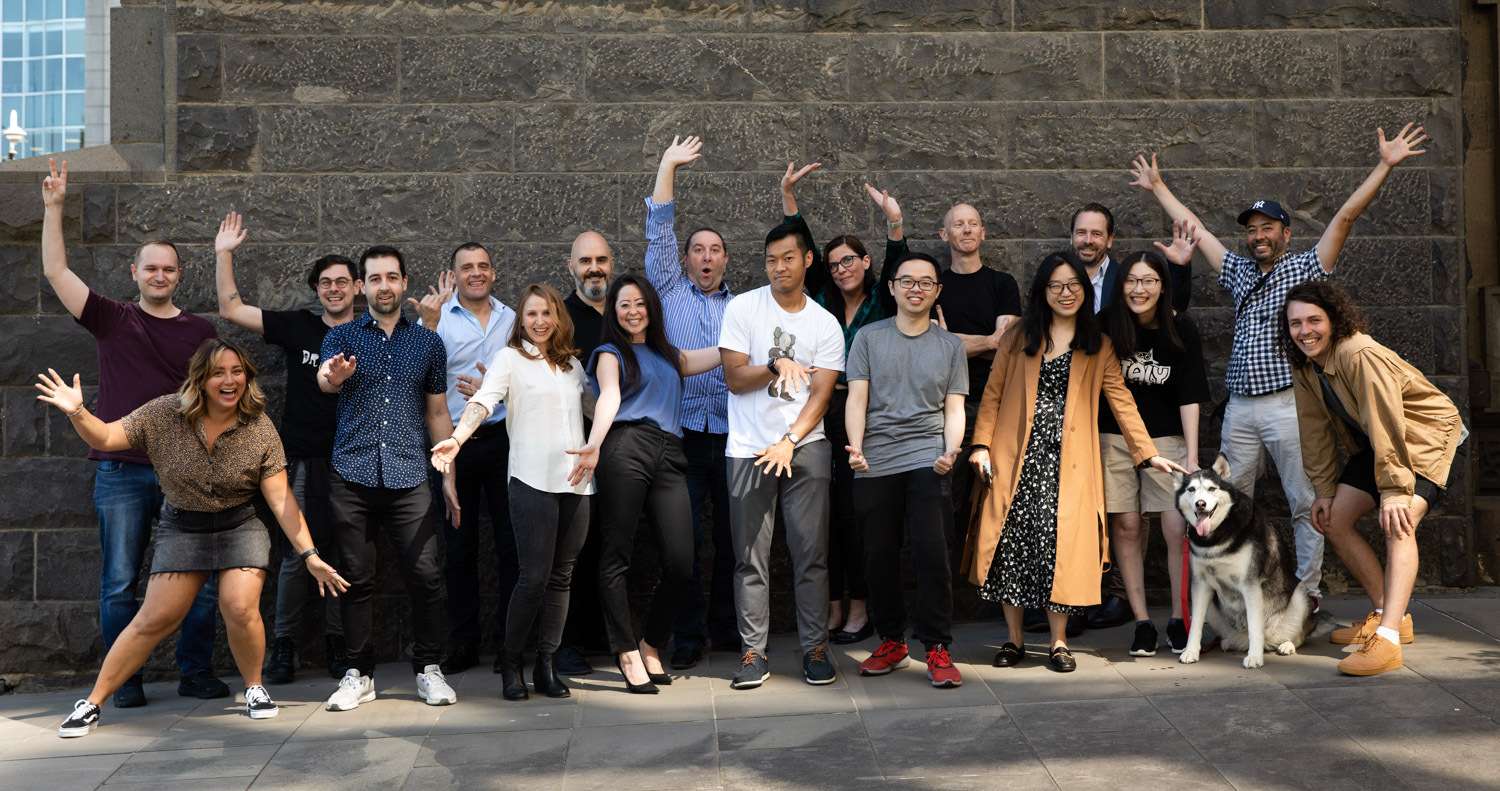Blogs
Top Tips on How to Manage Your Team Remotely [Q&A]

Remote working and working from home has become more than a trend – it’s now a necessity for most companies all around the world.
As the construction industry reels from recent events that have forced many to employ social distancing protocols, many are finding it hard to adjust to this new style of work. With years of experience managing teams remotely and interstate, we sat down with Matrak COO, Jessie Summons, to get her tips and tricks on what’s worked best for her.
What’s the hardest thing about remote working for you?
Definitely Energy level – whether you’re an introvert or extravert there’s something to be said about that office environment. So it’s really important to be conscious of how people get their energy, and being a bit sensitive to the fact that everyone is feeling the weight of Covid right now.
You also lose the natural form of communication that you’d get within an office when working remotely. Like checking in on people – usually you’d walk into work, say hello and have a little chat with your co-worker. It’s really important to try to replicate that online, whether it’s setting up little automated check in’s on communication channels, or just simply asking someone what they’re reading right now. The main thing is maintaining those normal chats you would normally have but online, and not in a way that feels forced or annoying.
I’ve learned some of those conversations work replicating virtually and some don’t because communicating online does take extra mental energy. It’s just not as natural as doing it face-to-face, so you have to work out ways that work best for your individual teams.
How do you keep your team motivated?
I think in general, remote or not remote something that’s really motivating is working towards a common goal. I’m not talking about individual KPI’s or anything like that, but making sure there’s a lot of visibility across the entire team about company wide goals. I call them my North star metrics and they’re basically an indicator of where as a company we’re heading.
Also being really really clear on what success looks like to the company. And when that success is achieved, being able to celebrate together. I think that’s incredibly motivating because at the end of day, all good team members want to be successful in their own jobs and want to be working in a company that is succeeding and hitting their goals.
What’s the best piece of advice you can give about managing a team remotely?
I think the thing with remote work that is slightly different is you really need to get use to the cadence of asynchronous working. And that’s because when people are stuck in their homes, which many of us are right now because of Covid, they tend to fall into their own natural rhythm. And this might be slightly different than an office schedule – some people tend to work a little earlier, some a little later.
Also getting really use to over communicating. When I first started doing this a couple of years ago it felt really unnatural, but you learn that over communication is key in the virtual world.
What tools have you found helpful to connect?
I’m totally obsessed with Loom which I use to do screen recordings. Usually if I was sharing a document and you were sitting next to me, I’d be able to explain it to you really quickly but virtually we can’t do that. So instead of sending a document without any context, with Loom I’ll generally add a two minute explanation so we can still have that verbal context to it.
I also find verbal explanations are a lot easier and use less mental load over writing out everything. So using Loom is definitely a more natural way of communicating and a way to bring that natural rhythm back into the virtual world.
Do you have any advice for managing people who are use to working in teams together, but are now working remotely?
It’s hard but I’d really stress just trying replicate the crux of what you do in the office to make it work online. So if you’re used to having team stand-ups and chats in the morning, replicate them by automating them through your company’s communication channels.
I’m super pro automating little things because it can be such a wait when you transition from a natural team huddle to bringing it online. But make sure these automations don’t feel targeted, as you don’t want your staff to think you’re checking in on them all the time because nobody likes that. This can really help bring the whole team together so everyone can see what each other is working on.
I’m super pro making things very visible in shared channels, whether its on slack or Microsoft teams or whatever tools you use – it helps to bring the visibility you would get in an office to the online world.
How do you cope with the mental health of wfh?
Well my dog definitely has been getting a lot of extra love – but this is definitely a big challenge and I think this answer is personal and different for everybody.
It’s hard to deal with not interacting with humans and during the first lockdown I was definitely feeling the weight of this. What’s helped for me is I’ve actually started to read fantasy novels. Normally I usually read fiction and biography books but I find that fantasy stories allowed me to have that escape from the home that I didn’t normally have. Whether it’s a fantasy novel, or sci-fi movie, I find it a good way to help me engage in this other world that isn’t experiencing the weight of the current pandemic.
And definitely more exercise, always keep moving.
How do you maintain culture in a team that’s remote?
I think something to be really conscious of is the human brain has a very natural cadence and rhythm when talking in person, and in digital communication there is a lag. With whatever digital form you’re on there’s always a delay even if the connection is good, and that adds this little extra mental load which is quite draining on people. It’s just clunkier in the virtual world, there’s no two ways about it.
So if you are going to do cultural activities or try to replicate them online try and make them passive or asynchronous. Maybe instead of chats and beers after work, you might do something like join a Netflix party where everyone can write comments in the chat and laugh about what’s going on on-screen, without having to verbally say it.
Also just reminding people that they can always jump on the phone and call someone rather than scheduling up a formal meeting. So trying to keep that dialogue in a way that’s a little more natural.
And really just trying to make everything as visible as possible. In typical team environments generally most people work in an open plan office space, where they can overhear what’s going on with their teammates and be in the loop. So making sure that everyone can really “overhear” what’s going on by simply reading it.
Jessie Summons is the COO at Matrak and is currently based in Byron Bay. She specialises in early-stage business development, strategy and the built environment. She currently acts as an adviser to early-stage startups, is the COO at technology start-up For The Makers and was formerly the Head of Outreach and Development at Australia’s leading technology accelerator Startmate.
Stay in the know!
Subscribe to get the latest articles from the Matrak.





